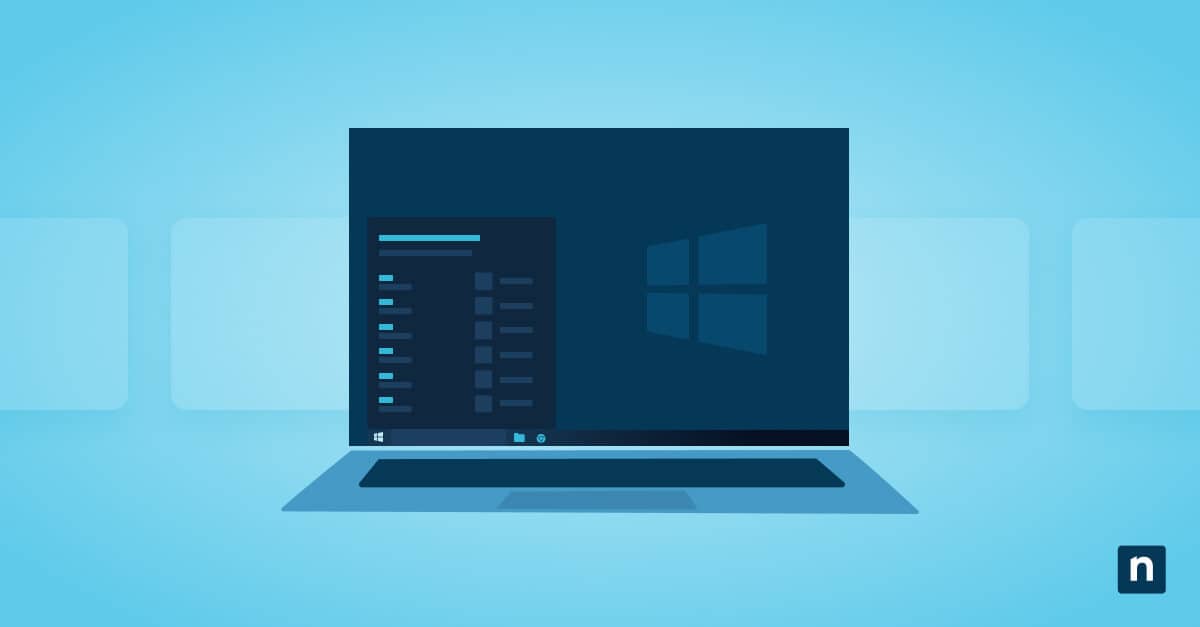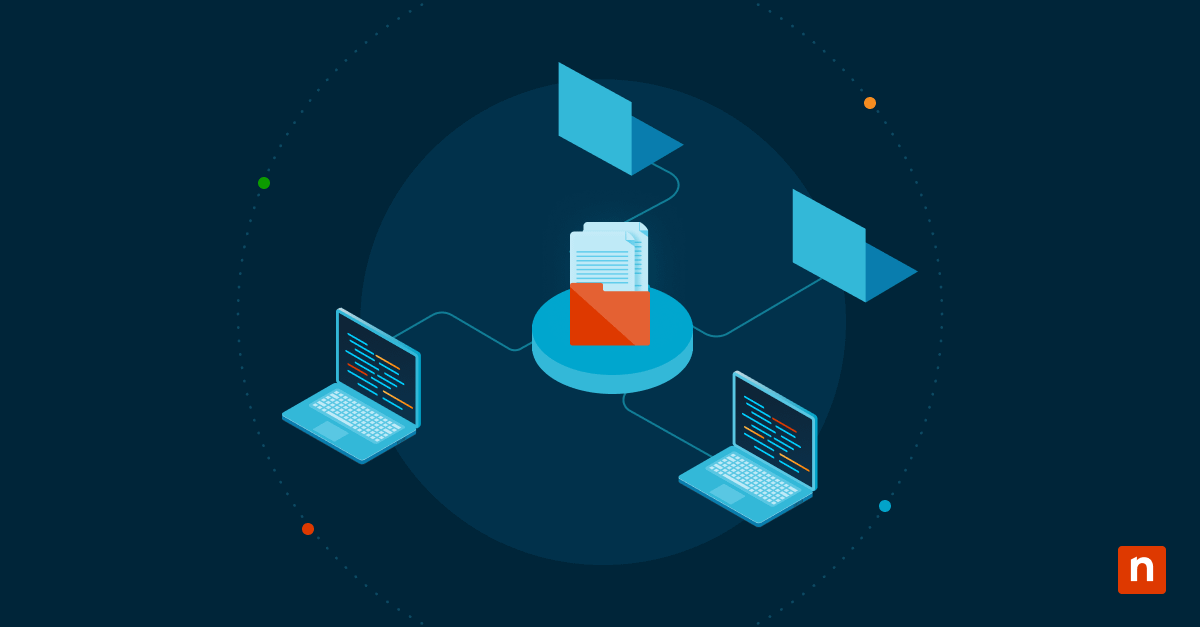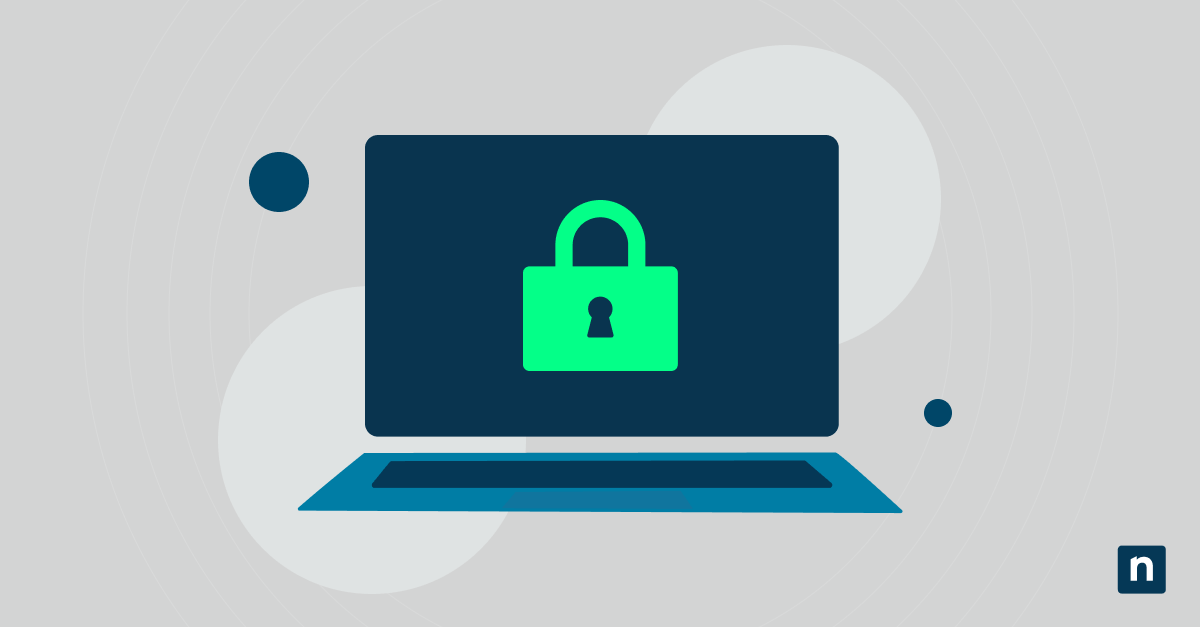Con così tanti dati tra cui scegliere, come fanno i fornitori di servizi IT a determinare quali sono le metriche e i KPI IT operativi più importanti?
Quando la maggior parte delle persone pensa all’IT, riflette sul suo ruolo tradizionale di gestione e manutenzione dell’infrastruttura di rete, compresi hardware, software e relativa assistenza. Tuttavia, quando si tratta di dare un valore misurabile a un’organizzazione, i moderni dipartimenti IT e i fornitori IT devono garantire risultati chiave in diversi ambiti, tra cui:
- aggiungere nuove funzionalità e soluzioni tecniche
- mantenere una forza lavoro produttiva
- gestire i costi
- sfruttare le nuove tecnologie quando si rendono disponibili (talvolta indicato come il ruolo “trasformazionale” dell’IT)
Individuare le giuste metriche per monitorare le prestazioni e l’impatto di questi sforzi è ovviamente fondamentale per raggiungere il successo ( come pure per razionalizzare il budget). Altrimenti, senza metriche o indicatori chiave di prestazione (KPI), le organizzazioni inevitabilmente faticano a valutare le prestazioni e ad apportare modifiche quando gli obiettivi non vengono raggiunti.
Quali sono gli indicatori IT da tenere sotto controllo?
La maggior parte dei team IT non soffre di una mancanza di indicatori e dashboard, ma di un numero eccessivo di essi. L’affaticamento dovuto agli avvisi è reale e, senza un unico pannello di controllo, i dati utilizzabili possono finire nella confusione e sfuggire al controllo.
Ciò dispiace perché, come mostra l’esempio seguente, l’efficienza delle operazioni IT spesso si basa sull’osservazione proattiva di piccoli problemi di prestazioni prima che diventino gravi.
Supponiamo che il team IT si accorga che le prestazioni online di un’applicazione diminuiscono sensibilmente in un breve lasso di tempo. La modifica delle prestazioni è talmente piccola che gli utenti stessi potrebbero non notarla, ma viene comunque rilevata dalla dashboard del team.
Ciò induce il team IT a indagare e a scoprire che uno dei team dell’organizzazione ha installato un software non autorizzato che entra in conflitto con l’applicazione. L’installazione non autorizzata non sta causando altri problemi, ma grazie al monitoraggio proattivo, il team IT è in grado di rintracciarla ed eliminare il problema prima che si aggravi.
Tracciando le giuste metriche e utilizzando gli strumenti di reportistica e le dashboard IT appropriati, i fornitori IT possono affrontare in modo proattivo sintomi come questo e prendere davvero il controllo delle operazioni IT.
4 esempi di metriche KPI per l’efficienza IT
Non esiste un unico elenco di metriche che sia adatto a ogni organizzazione, ma ecco alcuni esempi che molti team tengono attivamente sotto controllo:
- Disponibilità del servizio: L’IT sta mantenendo le promesse e le tempistiche? Stiamo ottenendo la massima operatività e fruibilità riducendo al minimo i rischi e i costi? Stiamo evitando le interruzioni di servizio e si mantengono i sistemi critici in condizioni ottimali?
- Tempo medio di risoluzione (MTTR): Qual è il tempo medio di risoluzione di un ticket di assistenza?
- Tempo medio tra i guasti (MTBF). Qual è il tempo medio che intercorre tra un guasto e l’altro del sistema IT?
- Tempo medio di guasto (MTTF). Qual è il tempo di attività abituale del sistema dopo la risoluzione dell’ultimo problema?
5 esempi di metriche KPI per le operazioni IT
Così come esistono decine di potenziali metriche di efficienza, esistono innumerevoli KPI IT che potresti monitorare. Ecco alcuni esempi di metriche che rientrano in questa categoria:
- Prestazioni delle applicazioni online: In base ai tempi di caricamento o di rendering del singolo software o dell’applicazione cloud.
- Disponibilità dell’applicazione online: Con quale frequenza l’applicazione funziona correttamente ed è disponibile per gli utenti che ne hanno bisogno? Come varia la disponibilità operativa nelle varie ore del giorno? E al di fuori dell’orario di lavoro?
- Incidenti di produzione: Il numero e la gravità dei problemi di produzione.
- SLA dei batch soddisfatti: I lavori batch principali sono stati completati in tempo?
- ITSM e Service Desk: Come sono la disponibilità del servizio e la velocità di risoluzione?
Questi sono solo alcuni esempi in un mare di opzioni. In fondo, tutti i dati che possono essere registrati possono essere tracciati. Adesso discuteremo come determinare le metriche su cui concentrarsi.
Scelta dei KPI IT operativi: Best practice
Con l’abbondanza di dati, si può essere tentati di produrre ampi report che coprano praticamente ogni aspetto dell’ambiente o del servizio IT. Dal momento che si possono tracciare così tante cose, di solito si ottengono report complessi e lunghi, che difficilmente vengono letti da qualcuno al di fuori del team che li ha prodotti.
È importante monitorare e riferire su metriche che siano riconducibili al valore aziendale e che siano comprensibili per il team di leadership a cui si riferisce. Pensa sempre al tuo pubblico e considera il suo punto di vista prima di elaborare i report.
6 best practice per la selezione e la reportistica dei KPI IT:
- Sii selettivo: La creazione di un rapporto di gestione IT efficace consiste nel selezionare gli indicatori di prestazione chiave migliori per il lettore a cui è destinato. Se hai dedicato del tempo ad allineare gli obiettivi e i valori del tuo reparto con quelli dell’organizzazione nel suo complesso, allora la scelta di questi KPI operativi dovrebbe essere relativamente semplice.
- Evita le duplicazioni: Ricorda che stai cercando di evitare il “sovraccarico di dati” Mantieni tutto il più semplice possibile, senza duplicare i dati o consentire inutili sovrapposizioni, se possibile.
- Utilizza i modelli: Non è il caso di dedicare troppo tempo alla stesura dei report. Sottrae tempo al lavoro vero e proprio. La maggior parte delle soluzioni dispone di modelli che facilitano la creazione rapida di report presentabili. Se il tuo team dedica del tempo a perfezionare il processo di reportistica, puoi sviluppare dei modelli interni che si adattino meglio alle tue esigenze.
- Rendi i report scorrevoli: Includi un riassunto di una sola pagina e sfrutta titoli e immagini per rendere la narrazione e le priorità del report il più chiare possibile, anche a prima vista.
- Automatizza quando puoi: Anche in questo caso, si vuole semplificare il più possibile la reportistica. Utilizza l’automazione ogni volta e ovunque sia possibile nel processo di raccolta dei dati, generazione dei report, avvisi e consegna dei report.
- Condividi su più dispositivi: Fornire l’accesso ai report IT su più dispositivi (compresi telefoni o tablet) può contribuire a evitare problemi di accessibilità e a rendere più facile la condivisione dei report con tutti i membri dell’organizzazione.
Come devono essere i report IT e le scorecard delle operazioni IT?
Ad un livello molto alto, un report IT dovrebbe compilare KPI tracciati in un certo periodo per valutare varie situazioni relative a costi, rischi, gestione dei progetti e problemi di helpdesk (ticket e risoluzioni). Per alcuni esempi visivi, guarda questo post di Datapine.
Ulteriori raccomandazioni: Non rinunciare a essere tempestivo e a sfruttare le dashboard degli strumenti
Sebbene sia comune che i report IT vengano consegnati su base mensile o addirittura trimestrale, la best practice è quella di tenere la leadership informata dei problemi IT più rilevanti nel momento in cui si verificano, piuttosto che aspettare i tempi previsti per i report. I moderni strumenti di monitoraggio consentono di fornire dashboard in tempo reale al management, quando necessario: utilizzali.
Parlando di strumenti, gran parte di ciò che stiamo discutendo avviene all’interno di una dashboard o un sistema di tracciamento. Una dashboard operativa IT viene utilizzata per monitorare e gestire le operazioni, registrare queste metriche e valutarle rispetto ai KPI operativi selezionati.
Vantaggi del software e degli strumenti di gestione delle operazioni IT
Una gestione efficace degli ambienti IT moderni richiede l’accesso a strumenti che vadano ben oltre le metriche e gli approfondimenti di base. I report di dati interattivi e in tempo reale stanno diventando un punto di riferimento, soprattutto se integrati con altri importanti strumenti di gestione IT.
La fornitura di un solido supporto IT agli utenti finali determinerà il successo e le prestazioni continuative dell’intera azienda, mentre i dati e i KPI operativi adeguati ti consentiranno di raggiungerli.
I report tecnici con i dati forniti dagli strumenti e dal software ITOM ti aiuteranno a:
- individuare e affrontare le anomalie prima che diventino problemi
- migliorare la struttura dei dipartimenti
- prendere decisioni quotidiane, settimanali e mensili con sicurezza e chiarezza
Comprendendo cosa è necessario fare per creare report efficaci e sfruttando appieno strumenti come NinjaOne, potrai davvero potenziare il tuo team IT o MSP e accelerare il successo di tutti coloro che aiuti nel processo.
Sei pronto a migliorare la tua visibilità e ad automatizzare le attività IT che richiedono più tempo? Scopri come la piattaforma NinjaOne può rendere più efficace il tuo team.








